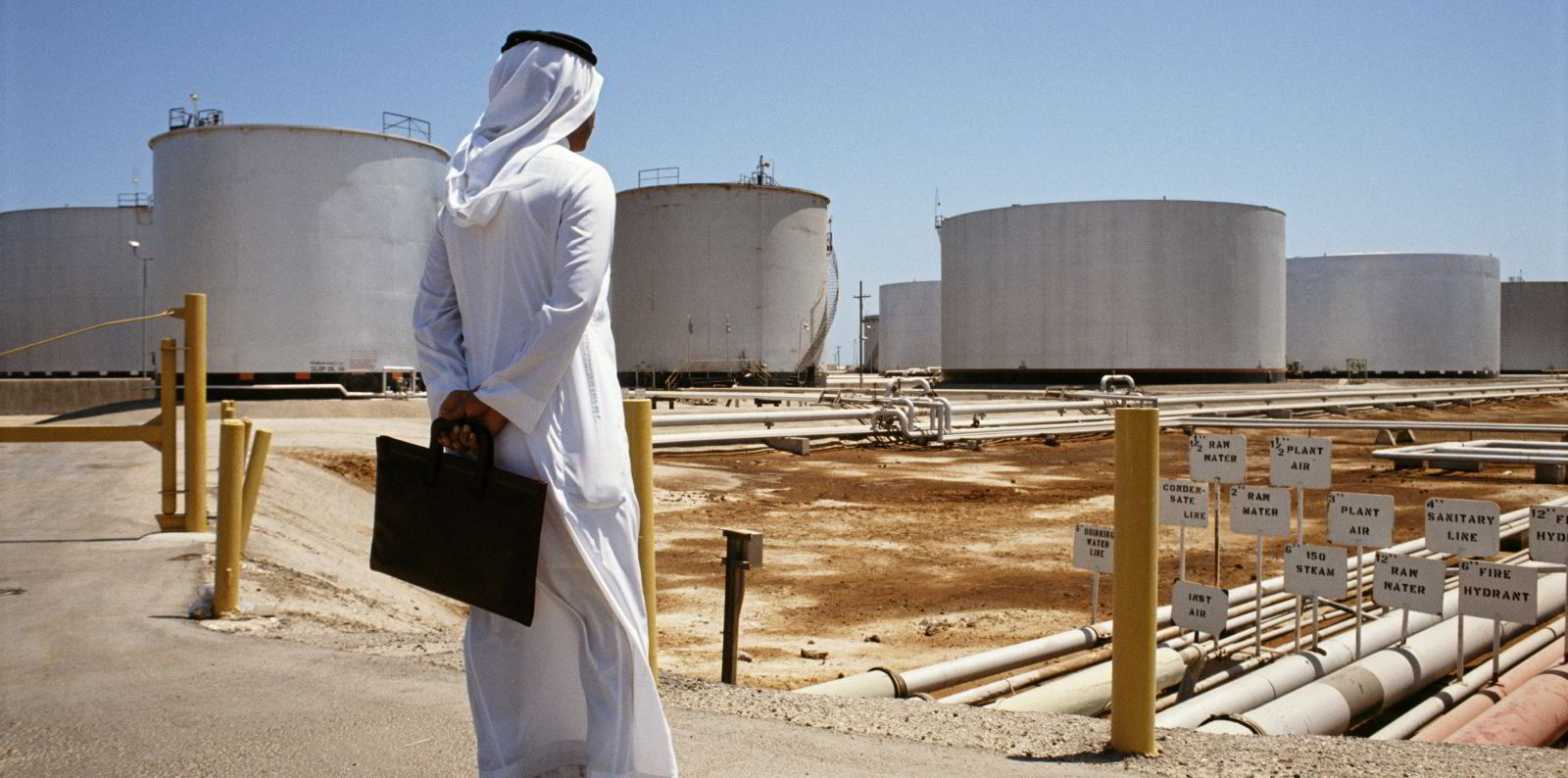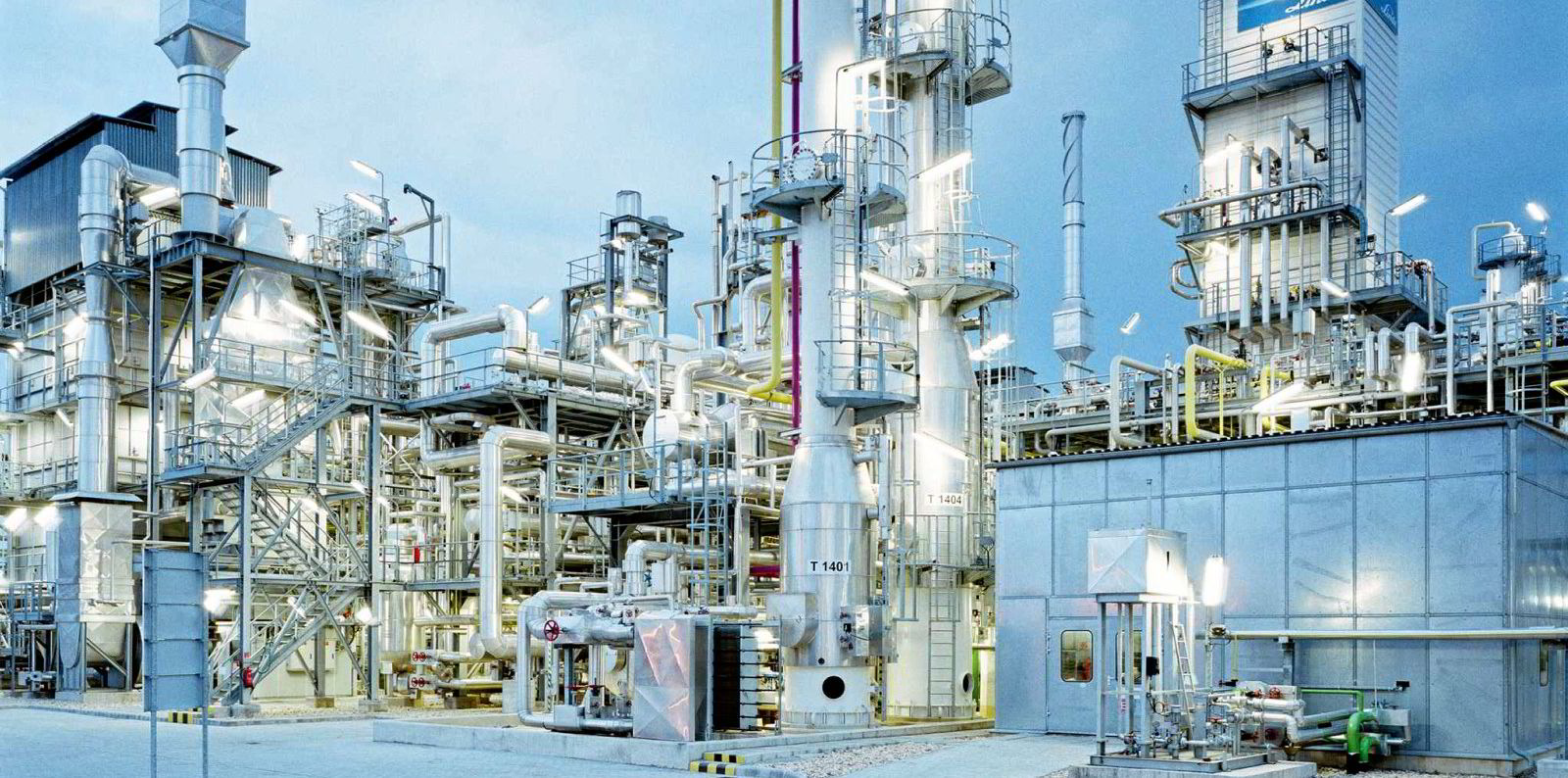Renewable H2 would cost less to produce across the Gulf states, based on today’s gas and power prices, but such a price difference seems unlikely in European nations until the 2030s, according to separate analyst figures
Green hydrogen would be cheaper to produce today than blue H2 across the sunny, oil-rich Middle East, according to figures from analyst S&P Global Platts.
A separate assessment by UK-based Aurora Energy Research states that blue hydrogen — derived from natural gas using steam methane reformation with carbon capture and storage (CCS) — will probably be cheaper to produce in Europe than renewable H2 until the 2030s.
At current renewable electricity and gas prices, green hydrogen would be cheaper to produce than blue in Saudi Arabia, the United Arab Emirates (UAE), Qatar and Oman, according to Platts.
The cheapest location for renewable H2 would be Qatar ($2.62/kg), followed by Saudi Arabia ($3.23/kg), Oman ($3.58/kg) and UAE ($4.51/kg) when using alkaline electrolysers, with prices for PEM electrolysers roughly $1/kg higher.


By contrast, blue H2 would cost between $4.66-$4.80/kg in those nations.
A similar situation exists in Western Australia, with green hydrogen costing $2.61/kg, compared to $4.65/kg for blue.
By contrast, the prices of green H2 in Europe would be far higher than blue today — despite record high gas and carbon prices. Platts puts the current of green H2 in the UK and Netherlands at $18.47/kg and $14.66/kg, respectively, compared to $10.55/kg and $6.49/kg for blue.
In a new report entitled Shades of green (hydrogen) – part 2: in pursuit of €2/kg, Aurora states that it does not believe green hydrogen will become cheaper than blue this decade — at least, not without subsidies.
The analyst takes a longer-term view on pricing, putting the “reference cost” for blue hydrogen production in Europe at €2.50-2.70/kg — which is based on its gas price forecasts from October 2021.
Green hydrogen plants in Europe powered by onshore wind and solar (that do not draw power from the grid) would not be able to beat those figures until the 2030s, the analyst says.
Aurora acknowledges that other analysts have concluded that the cost of green hydrogen could fall below €2/kg by 2030, but says its own analysis “shows that this cost benchmark is optimistic in Europe”.
“Aurora examined how feasible it would be to achieve hydrogen production costs of €2/kg [which would make it competitive with grey H2 from unabated methane] and found that both the power prices and the electrolyser capex need to decrease significantly below what Aurora considers reasonable in its central scenario. For instance, an electrolyser running at 50% load factor with an average power cost of €10/MWh could beat the €2 threshold — but assuming such a low power cost is unrealistic.
“Only by 2050 does electrolysis hydrogen in Europe reach a benchmark of €2/kg,” the analyst says.
The company’s research director, Richard Howard, explains: “Currently the cost of hydrogen production from electrolysers is high, but through cost reductions and business model innovative, we estimate that the cost of green hydrogen can reach €3 per kg in 2030 in some European markets, at which point it starts to compete with hydrogen from fossil fuels.
“This suggests that the hydrogen sector will need targeted support by governments during the 2020s in order to scale and drive down costs.”
The figures in this article do not include subsidies or delivery costs.
https://www.rechargenews.com/energy-transition/green-hydrogen-now-cheaper-than-blue-in-middle-east-but-still-way-more-expensive-in-europe/2-1-1173423






